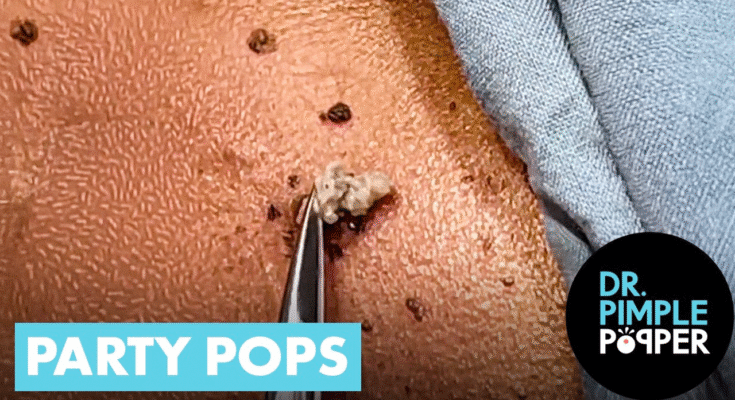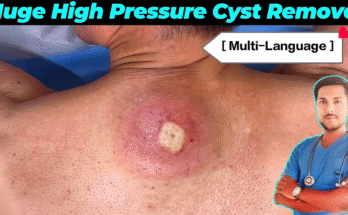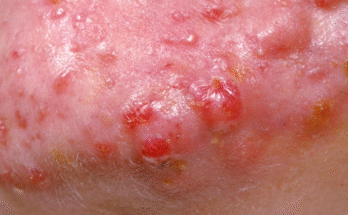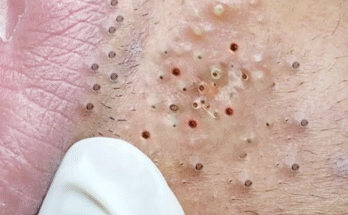Pimples are frustrating, uncomfortable, and often appear at the worst possible moments—right before a date, a big event, or an important meeting. Because of this, many people feel an immediate urge to pop them, hoping to make them disappear faster. While squeezing a pimple might offer quick satisfaction, the reality is that the long-term consequences can be far more damaging than the temporary relief. Dermatologists across the world strongly advise against popping pimples for several reasons, all linked to skin health, healing, and long-term appearance.
Before you squeeze that tempting bump on your face, here’s why you should think twice.
1. Popping Pimples Damages the Skin Barrier
Your skin is designed to protect you from bacteria, pollutants, and damage. When you pop a pimple, you’re tearing that protective barrier. Even gentle squeezing can cause:
-
Micro-tears in the skin
-
Broken blood vessels
-
Increased inflammation
-
Slow healing
Once the skin barrier is damaged, the area becomes more vulnerable to irritation and infection. What started as a small pimple can quickly turn into a red, swollen wound that takes much longer to heal than if you had left it alone.
2. You Can Push Bacteria Deeper Into the Skin
People often assume that popping a pimple removes everything inside it. But in many cases, squeezing does the opposite: it pushes bacteria, oil, and debris deeper into the pore. This leads to:
-
Bigger, more painful pimples
-
Deep inflammation
-
The formation of cysts and nodules
These deeper pimples can take weeks to heal and often require medical treatment. Instead of helping your skin recover, popping usually increases the severity of the breakout.
3. Scarring Is One of the Most Common Consequences
Even if the pimple appears small, popping can create lasting skin changes. Acne scars are much harder to treat than the pimple itself. There are several types of scars that can develop:
-
Ice-pick scars: Deep, narrow scars.
-
Boxcar scars: Shallow but wide indentations.
-
Rolling scars: Wavy, uneven skin texture.
-
Keloids and raised scars: Common on chest and back.
These scars can last months, years, or permanently. Treatments like microneedling, lasers, and chemical peels can help, but they’re often expensive. Preventing scars by avoiding popping is the best strategy.
4. Dark Spots Can Form Even Without Scarring
For many people—especially those with medium to deep skin tones—popped pimples can trigger post-inflammatory hyperpigmentation (PIH). These are dark marks that stay long after the pimple is gone.
Even when the skin heals smoothly, the dark spot can linger for:
-
Several weeks
-
Several months
-
Or in some cases, over a year
These marks can be more noticeable than the original pimple and are often difficult to fade.
5. Popped Pimples Can Lead to Infection
Your skin has natural bacteria, but your hands and nails carry even more—often much more harmful types. When you pop a pimple:
-
You create an open wound
-
Bacteria can enter easily
-
Infection can develop
Signs of infection include increasing redness, swelling, heat, pain, and pus. In rare cases, infections can spread and cause cellulitis, requiring antibiotics. On the face, infections near the nose are particularly risky due to the blood supply in that area.
6. Some Pimples Pop Under the Skin Instead of Out
Not every pimple pops outward. Sometimes, squeezing causes the pimple to rupture beneath the skin, pushing the contents deeper instead of releasing them. This leads to:
-
Hard, painful lumps
-
Deep cyst-like bumps
-
Long-lasting inflammation
-
Severe tenderness
These bumps can remain for weeks and often turn into scarring or discoloration. Internal ruptures also take much longer to heal compared to surface-level pimples.
7. Popping Can Spread Acne to Other Areas
When you squeeze a pimple, the bacteria inside it can spread to nearby pores. This may lead to:
-
Multiple new pimples
-
Worsening breakouts
-
Increased oil production
-
More inflammation
This is one of the reasons why people experience clusters of pimples in the same area. What was once one whitehead can quickly become several.
8. It Disrupts the Natural Healing Process
Your skin is designed to heal itself. Pimples go through several stages:
-
Clogged pore
-
Bacterial growth
-
Inflammation
-
Healing and flattening
When you pop a pimple, you interrupt this natural cycle. Instead of healing smoothly, the area becomes inflamed and raw. Healing takes longer, and the skin may not repair itself properly.
Left alone, most pimples heal within a few days. Popped pimples, however, can last weeks.
9. There Are Much Safer Alternatives
If you want a pimple to heal faster, you don’t need to pop it. Instead, try:
-
Warm compresses: Helps the pimple soften and drain naturally.
-
Acne patches: Absorb fluid and protect the area.
-
Benzoyl peroxide: Kills acne-causing bacteria.
-
Salicylic acid: Clears clogged pores.
-
Tea tree oil: Natural antibacterial option.
-
Professional extraction: Done with sterilized tools and proper technique.
These methods help the skin heal faster without causing scarring, redness, or infection.
10. Breaking the Pimple-Popping Habit Is Worth It
Popping pimples can quickly become a habit. Some people do it when stressed, anxious, or bored. But controlling the urge brings long-term benefits:
-
Fewer scars
-
Less redness
-
Smoother skin texture
-
Better overall complexion
-
Faster healing
Your skin will look healthier, clearer, and more even-toned when you stop squeezing pimples.



